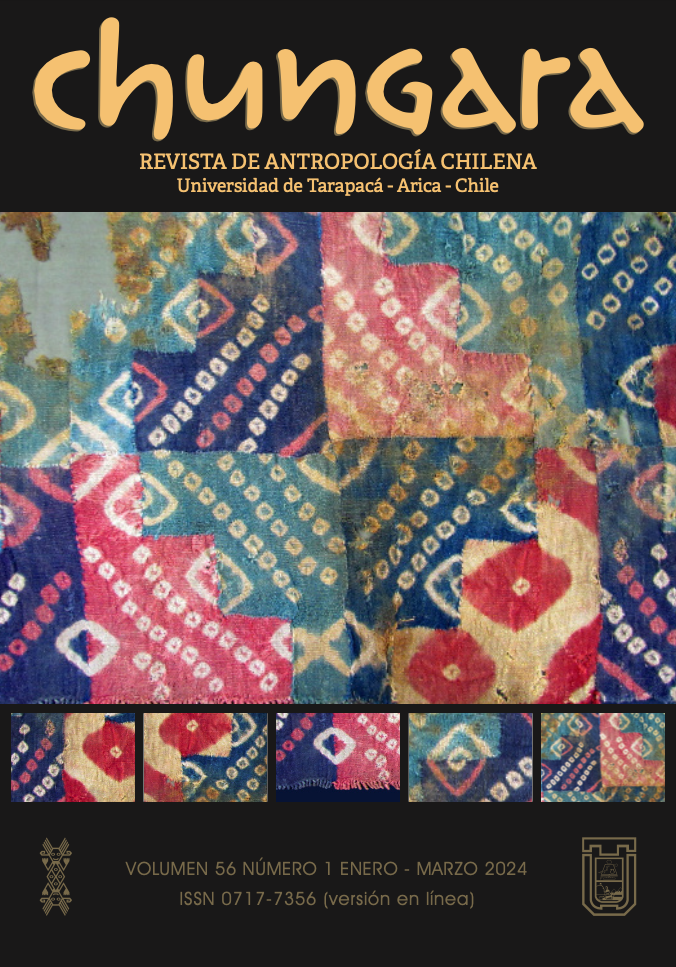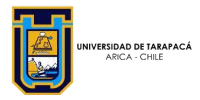Written by Super User. Posted in Papers - English
“ETHNOLOGY AND ANCIENT HISTORY OF CHILE”. AN UNPUBLISHED LECTURE BY MAX UHLE AT UNIVERSIDAD DE CHILE, 1914
“ETNOLOGÍA E HISTORIA ANTIGUA DE CHILE”. UNA CONFERENCIA INÉDITA DE MAX UHLE EN LA UNIVERSIDAD DE CHILE, 1914
This paper presents a transcription of an unpublished lecture given by the German Andean archaeologist Max Uhle (1856- 1944) at Universidad de Chile in 1914. Here, Uhle presents his main assumptions on the ancient history of Chile, which he developed during his three years of residence and research in the country and which are also supported by his extensive research in the Central and Southern Andes. The lecture offers empirical and theoretical knowledge elaborated by Uhle to give account of the formation of cultures in the Chilean territory, namely: the distinction between anthropometric and civilizational evidence, the use of linguistic marks for cultural analysis, the development of time sequences from stylistic comparisons, the application of diffusionist notions to the phenomenon of historical and cultural contacts, and the identification of two types of “influences” on the nations of the current Chilean territory – “hordes” from the East and “civilizations” from the North, the latter being clearly distinguished by their Tiahuanaco and Inca “horizons”, allowing him to postulate the idea of “regional developments” in the Chilean territory.
Print
Email
Written by Super User. Posted in Papers - English
MODELS OF REPRESENTATION OF THE INDIGENOUS PEOPLE IN THE SCIENTIFIC/SCHOLARLY DISCOURSE. AN APPROACH BASED ON SCIENTIFIC ARTICLES PUBLISHING IN CHILE DURING FIRST THREE DECADES OF THE 20TH CENTURY
MODELOS DE REPRESENTACIÓN DEL INDÍGENA EN EL DISCURSO CIENTÍFICO/ERUDITO. UNA APROXIMACIÓN DESDE LOS ARTÍCULOS PUBLICADOS EN CHILE DURANTE LAS TRES PRIMERAS DÉCADAS DEL SIGLO XX
Héctor Mora Nawrath and Gertrudis Payás Puigarnau
In this article, which is linked to two research projects, we identify the representations of otherness present in the scientific/scholarly discourse on the indigenous population in Chile during the first three decades of the twentieth century. This period sees the institutionalization of a science referred to the study of indigenous peoples in Chile (material culture, anthropometry, customs and language), which manifests itself in the foundation of museums, scientific societies and the creation of specialized journals. Along with describing some aspects that refer to the material and social conditions from which this knowledge is constructed, we focus on characterizing the representations of the natives that circulated in a corpus of specialized articles that were published in this period, in order to identify the structures of meaning from which variants or models of representation of the otherness can be derived. In this analysis we have defined four prototypical forms of representation, which emerge from the identification of argumentation patterns from which “the other” is constructed as an object of the world, being different and more or less distant from “us”, we outline types of relationship and we establish the potential contribution of the indigenous “others” to a national project.
Continue reading - PDF
Print
Email







